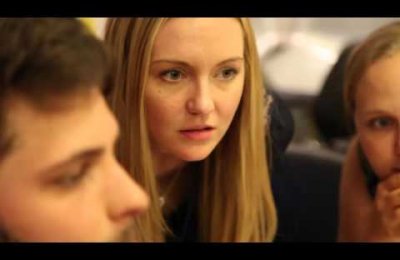The Oct. 17 Annenberg Research Seminar welcomed University of Illinois professor Christian Sandvig for a discussion titled "Video Killed the Internet Star." Sandvig's topic looked at the growth of YouTube since its inception in 2005. First, Sandvig discussed the methods behind his research on YouTube. He studied 440,036 videos during a period of 28 months between 2007-2010. The criteria for his investigation included:
First, Sandvig discussed the methods behind his research on YouTube. He studied 440,036 videos during a period of 28 months between 2007-2010. The criteria for his investigation included:
- The political economy (through public documents, financial statements, news reports, etc.)
- Participant observation (by attaining "feature" status on YouTube himself and making a revenue from his video views)
- Popularity sample (by compiling data on what's popular on YouTube and what people spend their time doing on YouTube)
In 2009, YouTube was criticized as a terrible investment for Google because "it's just a series of copyright infringements that Google will have to pay for," Sandvig said. However, as the pressure to monetize YouTube rose, Google modified YouTube in ways that have lead to its current success, he said. They dramatically modified their user interface to draw more viewers to "featured" videos and added a series of recommendation tools to encourage people to stay on their site longer. YouTube also adopted many traditional media approaches: they started making their own shows, acquiring rights to stream certain sporting events and launched movie rental programs. Sandvig's study showed that YouTube users' attention shifted from using the site to watch obscure home videos to watching music videos. He used the 2007 top 10 YouTube video list containing videos such as "Pokemon Theme song" and "Evolution of Dance" and compared it to the 2010 list which consisted mainly of Justin Bieber and Lady Gaga videos. In 2008, 24% of views were of music videos but today 60% of YouTube views are of music video, said Sandvig. However, the success of videos such as "The Tootin' Bathtub Baby Cousins" lead Sandvig to predict that the future of YouTube will consist of algorithmically-produced videos inspired by popular search engine terms.







